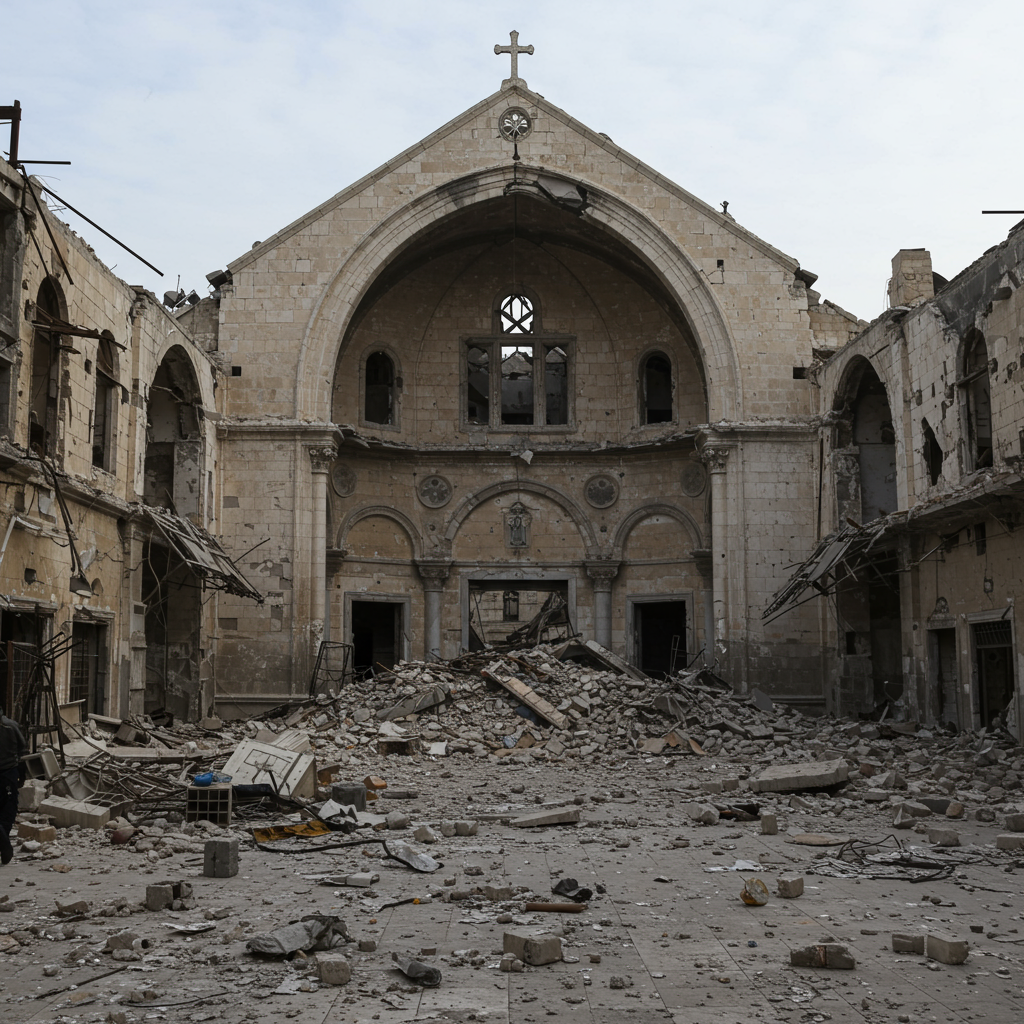Spain Pushes Back on NATO’s Ambitious Defense Spending Target
Spain has formally rejected a potential NATO proposal to significantly increase member states’ defense spending to 5% of their gross domestic product (GDP), labeling the anticipated target as “unreasonable.” The stance, articulated by Spanish Prime Minister Pedro Sánchez, could potentially disrupt upcoming alliance discussions.
Prime Minister Sánchez conveyed Spain’s position in a letter to NATO Secretary-General Mark Rutte, stating that Spain “cannot commit to a specific spending target in terms of GDP” ahead of next week’s crucial NATO summit scheduled to take place in The Hague, Netherlands.
Adopting any new spending guideline requires the unanimous agreement of all 32 NATO member states. Spain’s opposition thus poses a challenge to achieving consensus at the summit, an event highly anticipated due to the expected attendance of U.S. President Donald Trump. This last-minute disagreement risks creating significant diplomatic ripple effects within the alliance.
Why Spain Objects to the 5% Target
Sánchez argued in his letter, reviewed by The Associated Press, that committing to a 5% target would be both “unreasonable” and “counterproductive” for Spain. He suggested it would shift Spain away from what he considers “optimal spending” and impede ongoing European Union initiatives aimed at strengthening its own security and defense capabilities.
Spain currently allocates less than 2% of its GDP to defense, placing it among the lowest spenders within the transatlantic alliance. Sánchez had previously committed in April 2025 to increasing defense spending by 10.5 billion euros ($12 billion) in 2025 to finally meet NATO’s previous benchmark of 2% of GDP.
Instead of the 5% figure, the Spanish leader proposed a “more flexible formula” for a new spending target. This could involve making the target optional or exempting Spain entirely. He emphasized that while Spain is “fully committed to NATO,” meeting a 5% target would fundamentally be “incompatible with our welfare state and our world vision.” Achieving such a high level of military expenditure, he explained, would necessitate severe cuts to public services and other vital spending areas, including critical investments in the green transition. Sánchez indicated that Spain’s estimated defense needs could be met by spending 2.1% of GDP.
NATO’s Spending Drive and Summit Context
NATO allies had agreed in 2022, following Russia’s full-scale invasion of Ukraine, to increase military spending towards a 2% GDP target. However, more recent assessments suggest that defending Europe and North America against potential threats, particularly from Russia, requires substantially higher investment, estimated at minimum of 3%.
The current push within NATO aims to raise the benchmark significantly. The proposed 5% figure is reportedly broken down into approximately 3.5% for core defense capabilities – such as tanks, warplanes, air defense systems, missiles, and troop increases – and an additional 1.5% for supporting infrastructure like roads, bridges, ports, and airfields needed for rapid deployment, alongside societal preparedness measures.
While several allies, including Poland and the Baltic states (Estonia, Latvia, and Lithuania), have publicly embraced the ambitious 5% goal, and countries like Sweden and the Netherlands aim to meet it, other nations face significant hurdles. Spain is not alone in this; Belgium, Canada, and Italy are also expected to struggle to find the billions required to meet the proposed figure.
Discussions among allies regarding a new defense spending plan are ongoing, according to a NATO official. Secretary-General Mark Rutte was reportedly planning to table a revised proposal on Friday in an attempt to satisfy Spain and overcome the deadlock before leaders meet with President Trump the following week.
A key unresolved question remains the timeframe countries will be given to reach any agreed-upon new target. While a target date of 2032 was initially considered, Rutte has raised concerns that Russia could pose a threat to NATO territory as early as 2030, potentially accelerating the need for increased preparedness.
Domestic and Alliance Pressures
Prime Minister Sánchez is currently navigating significant domestic political challenges, including corruption scandals involving his inner circle and family, which have fueled calls for an early election. Increased military spending is also unpopular with some of his coalition partners, particularly those further to the left of his Socialist Party, who expressed anger when he previously committed to reaching the 2% NATO target.
Spain’s firm stance highlights the complex balance many European nations face between meeting alliance defense requirements and preserving their social welfare models and other national priorities. The upcoming NATO summit will be a critical test of the alliance’s ability to forge consensus on future security investments amidst differing national capacities and priorities.


